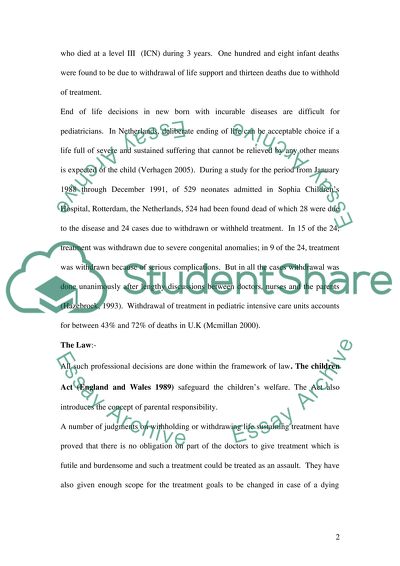Cite this document
(“Withholding and withdrawal of Medical treatment decisions from Case Study”, n.d.)
Withholding and withdrawal of Medical treatment decisions from Case Study. Retrieved from https://studentshare.org/law/1524926-withholding-and-withdrawal-of-medical-treatment-decisions-from-children-and-neonates
Withholding and withdrawal of Medical treatment decisions from Case Study. Retrieved from https://studentshare.org/law/1524926-withholding-and-withdrawal-of-medical-treatment-decisions-from-children-and-neonates
(Withholding and Withdrawal of Medical Treatment Decisions from Case Study)
Withholding and Withdrawal of Medical Treatment Decisions from Case Study. https://studentshare.org/law/1524926-withholding-and-withdrawal-of-medical-treatment-decisions-from-children-and-neonates.
Withholding and Withdrawal of Medical Treatment Decisions from Case Study. https://studentshare.org/law/1524926-withholding-and-withdrawal-of-medical-treatment-decisions-from-children-and-neonates.
“Withholding and Withdrawal of Medical Treatment Decisions from Case Study”, n.d. https://studentshare.org/law/1524926-withholding-and-withdrawal-of-medical-treatment-decisions-from-children-and-neonates.


